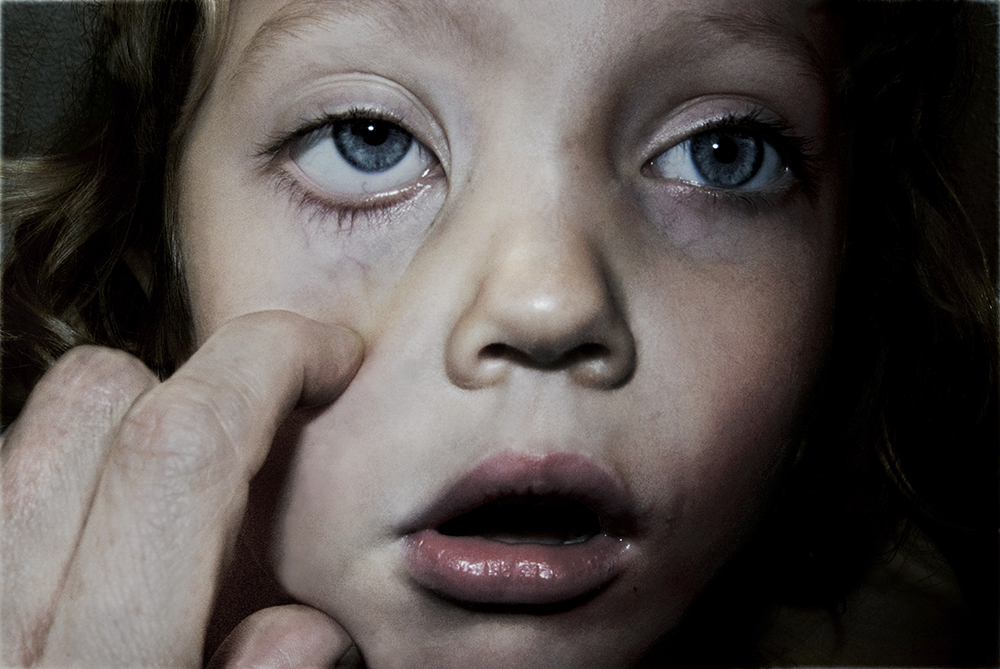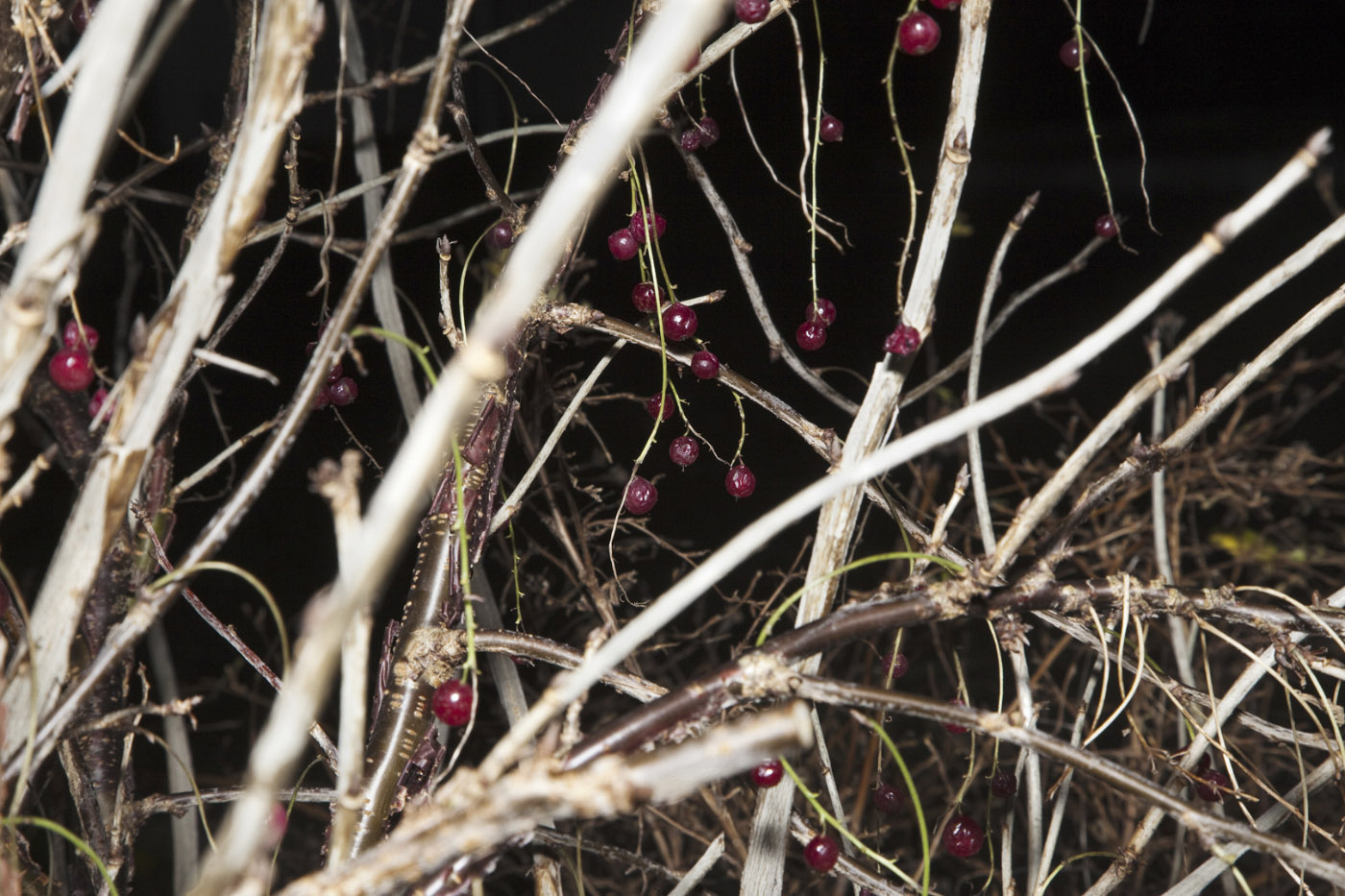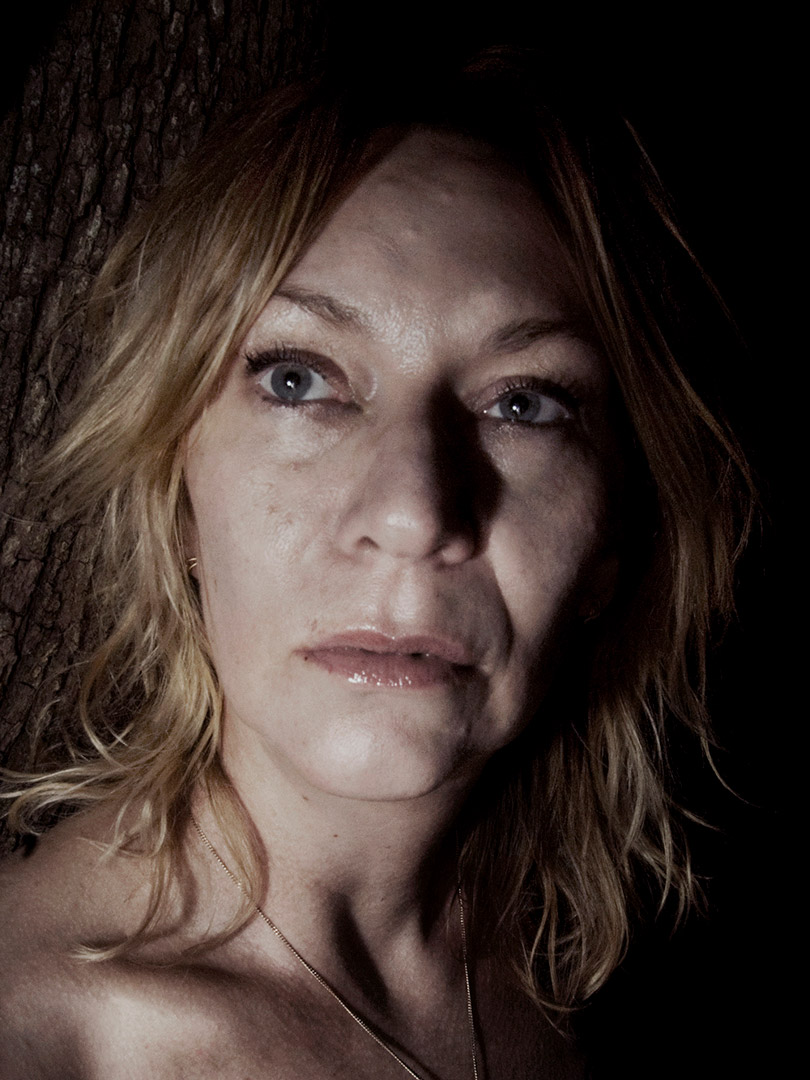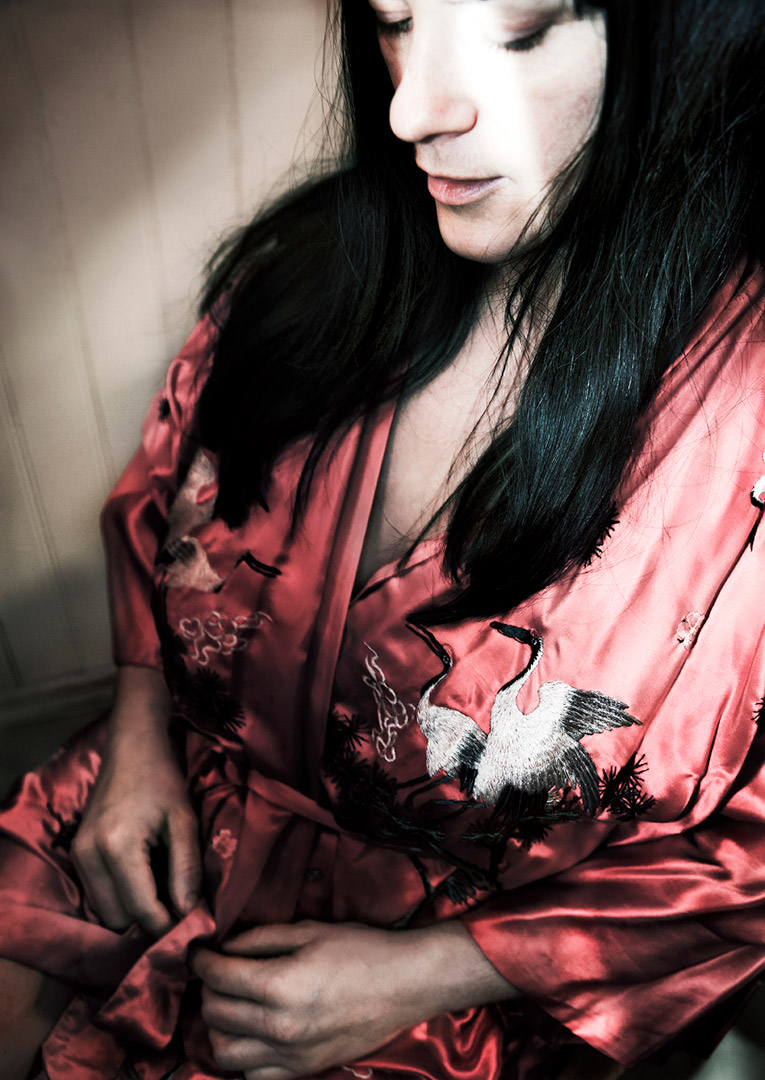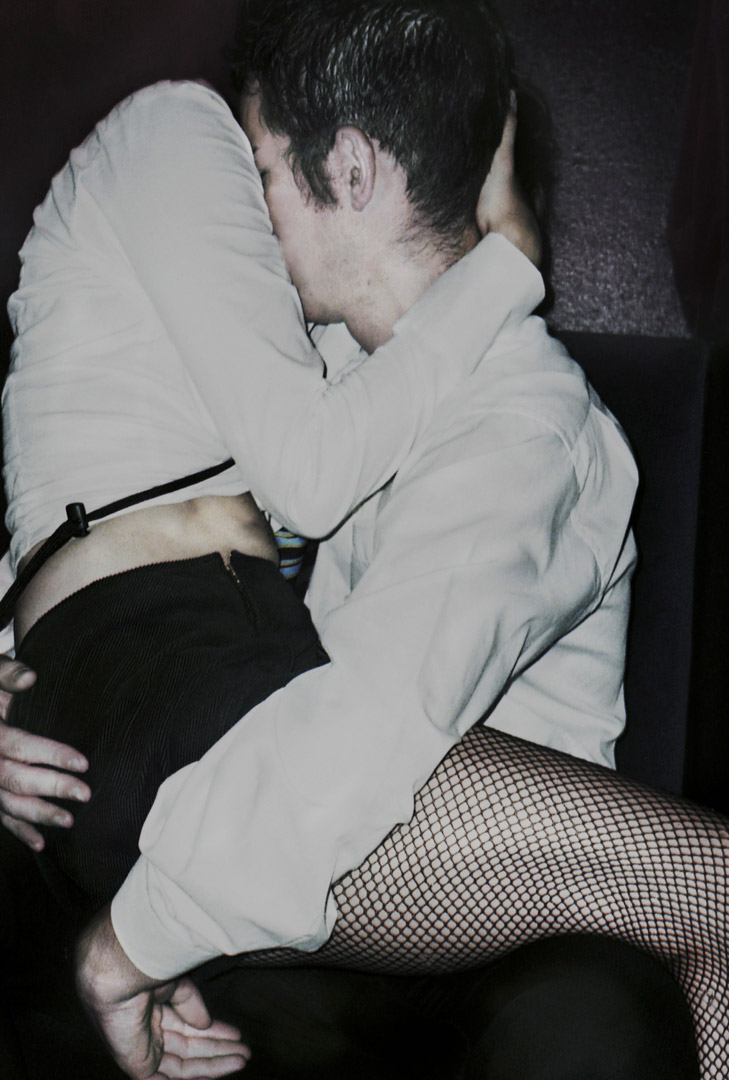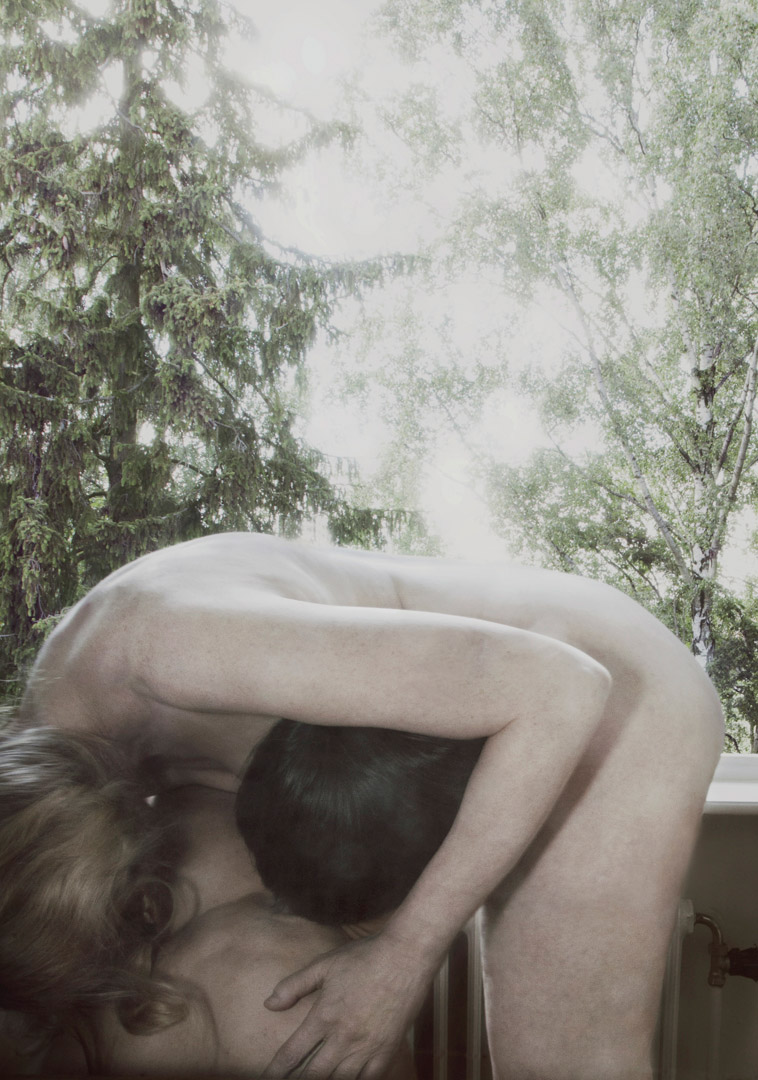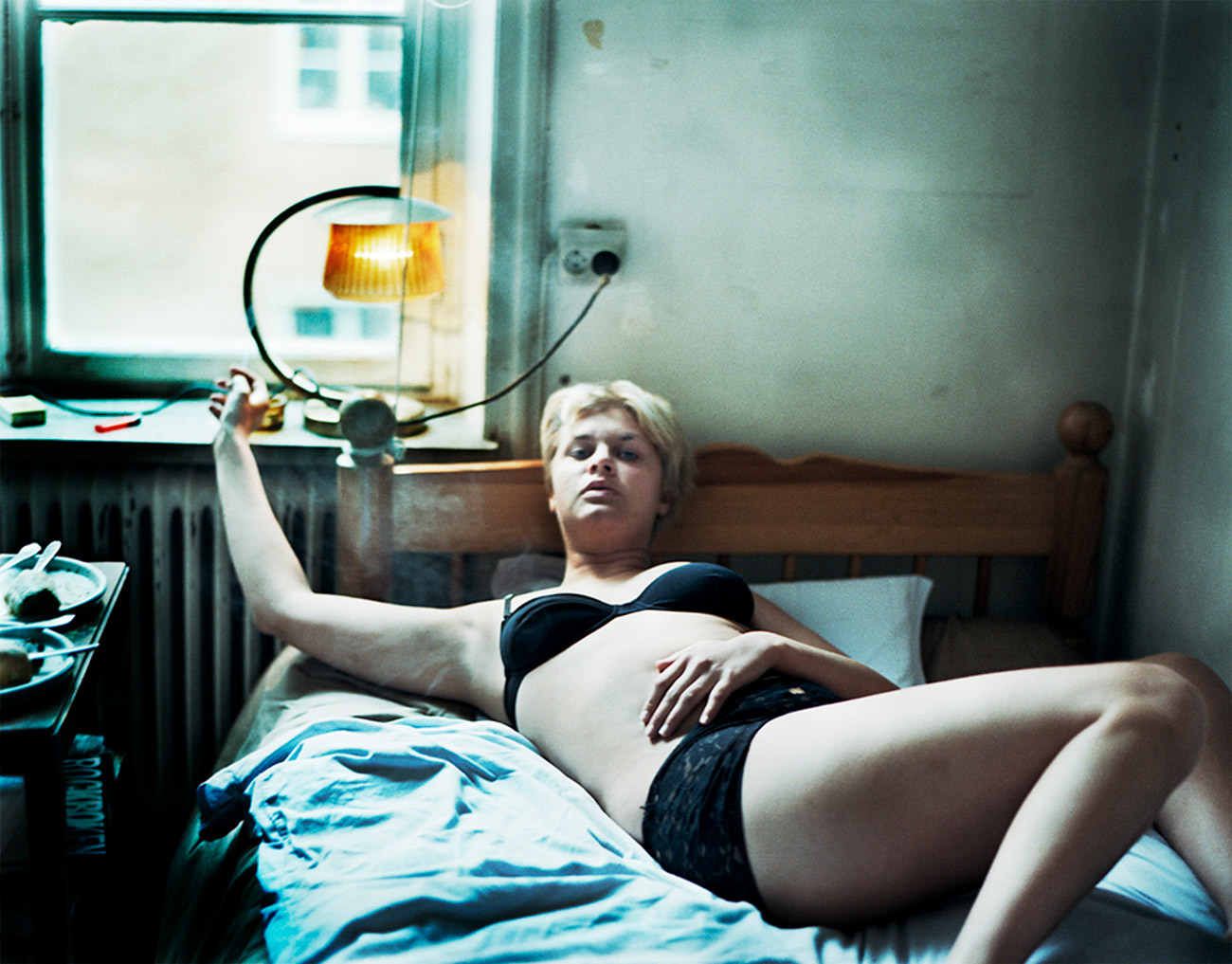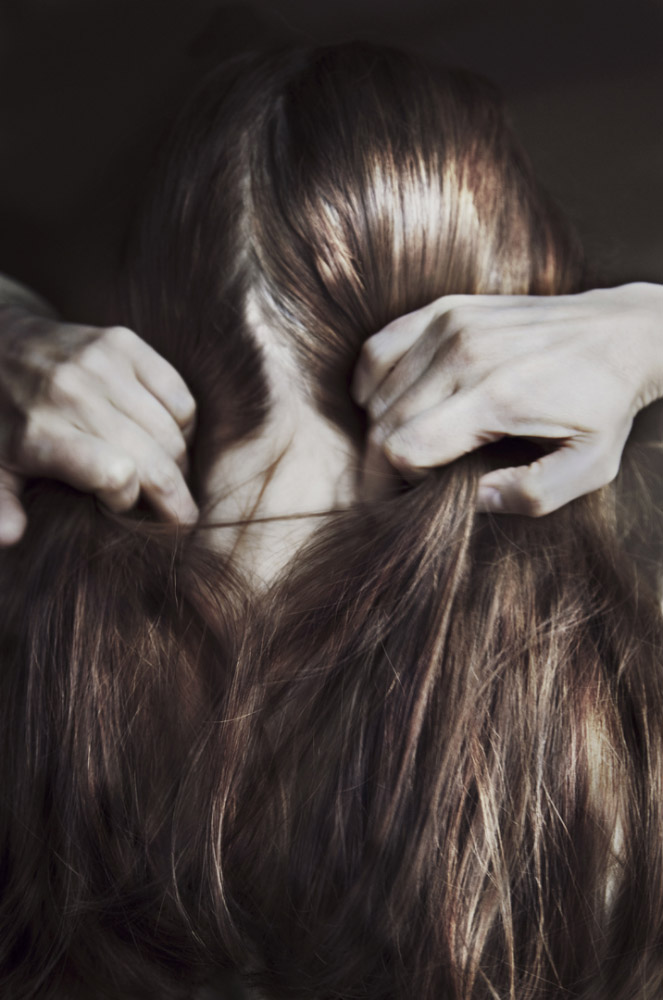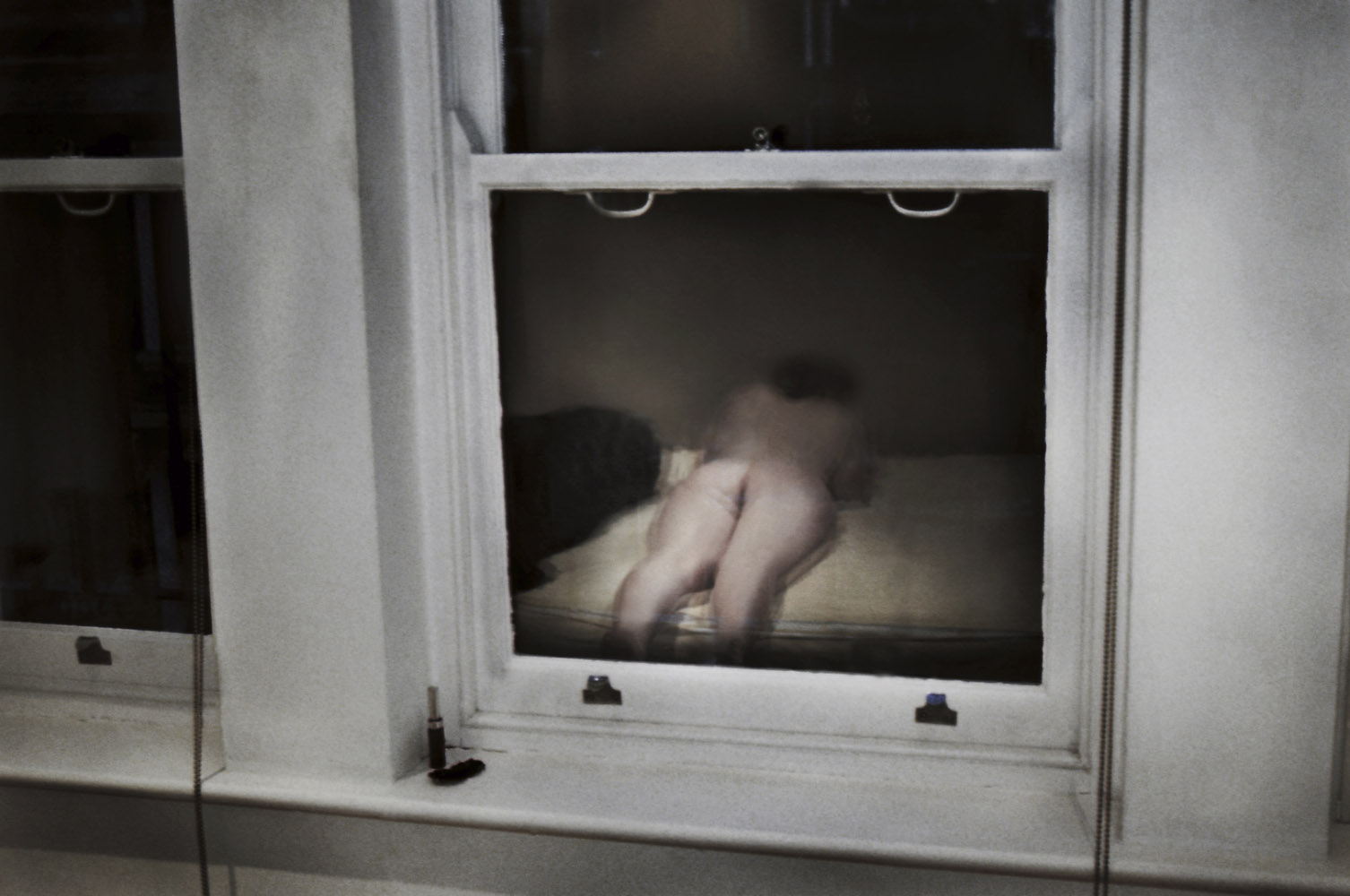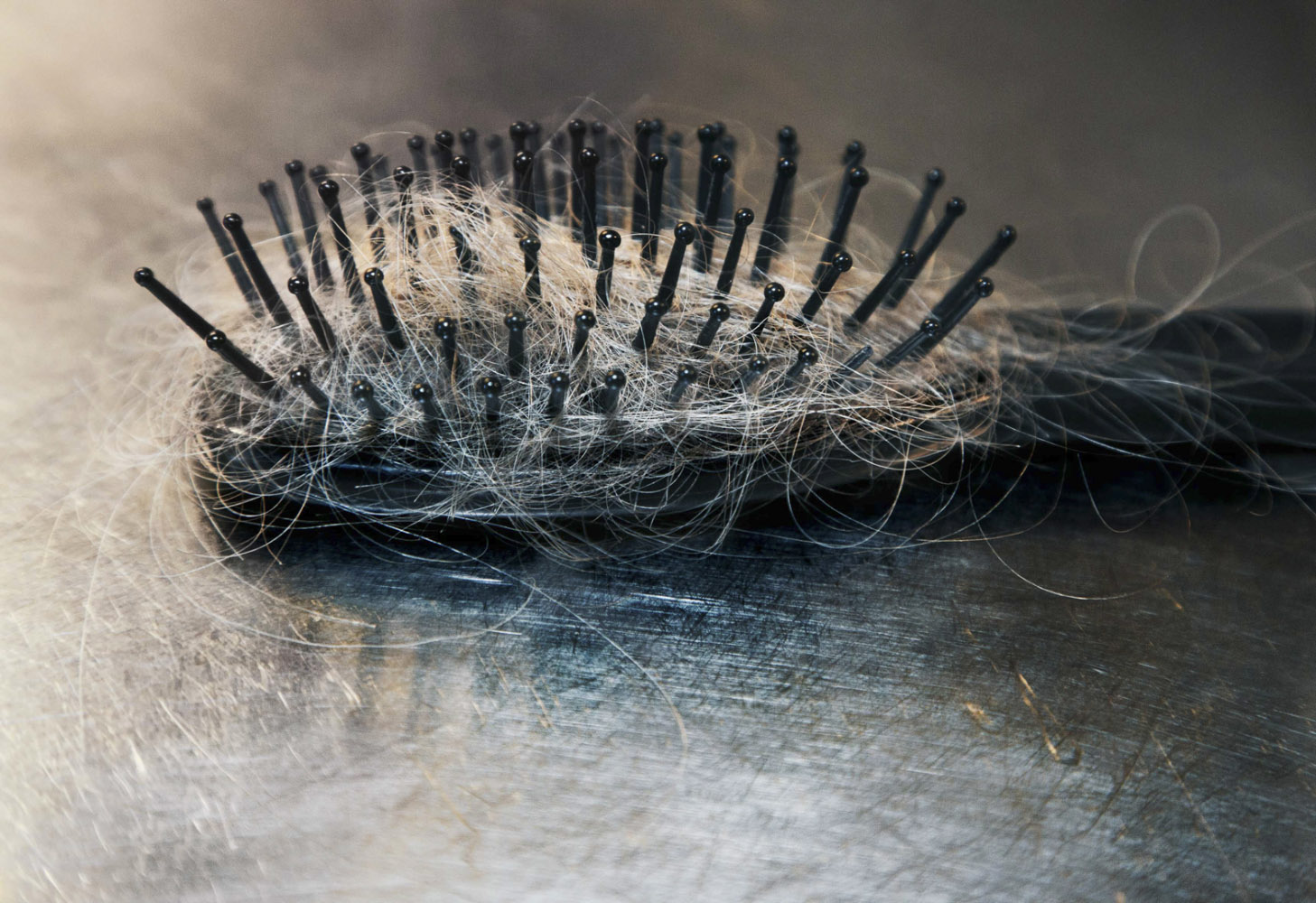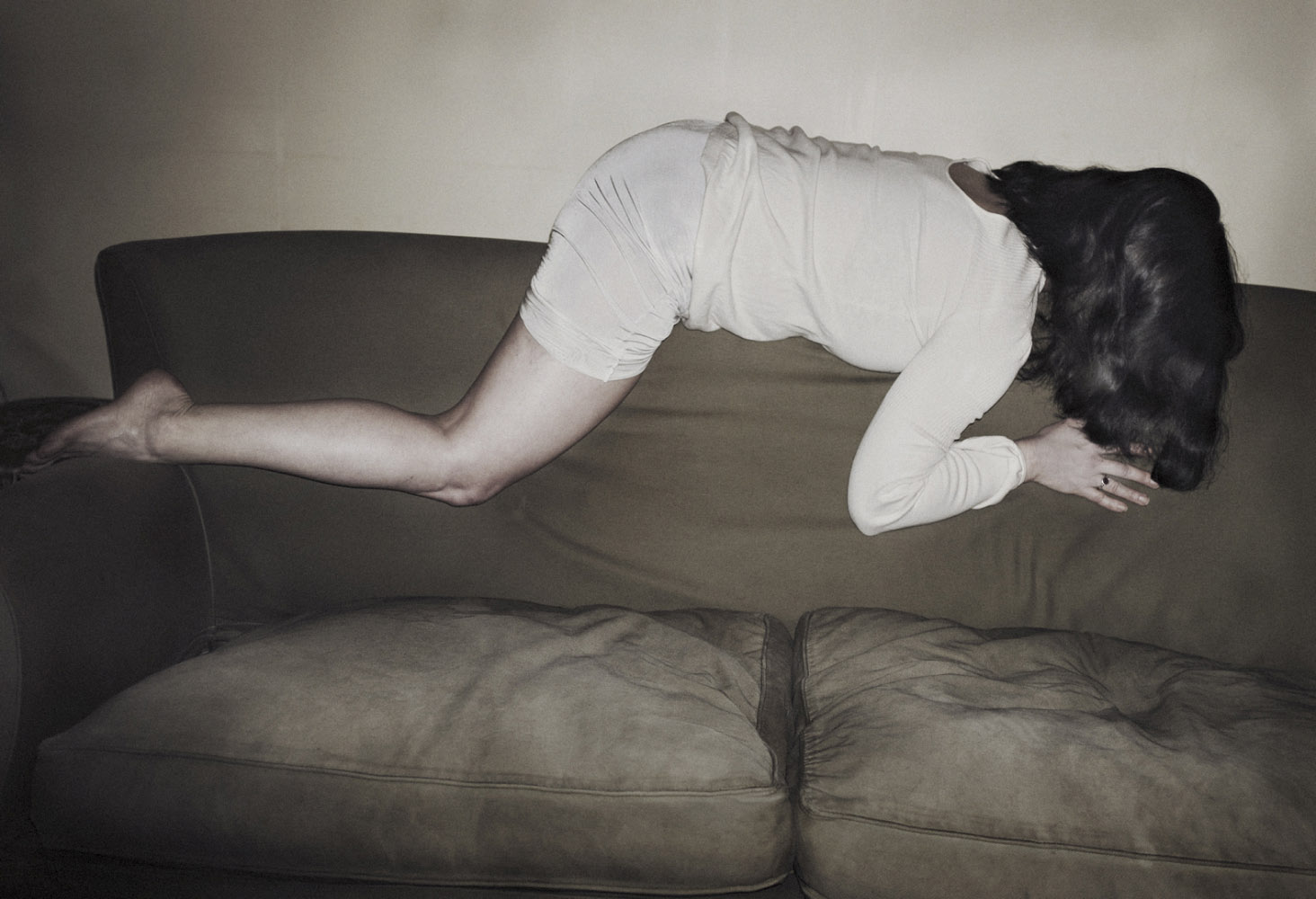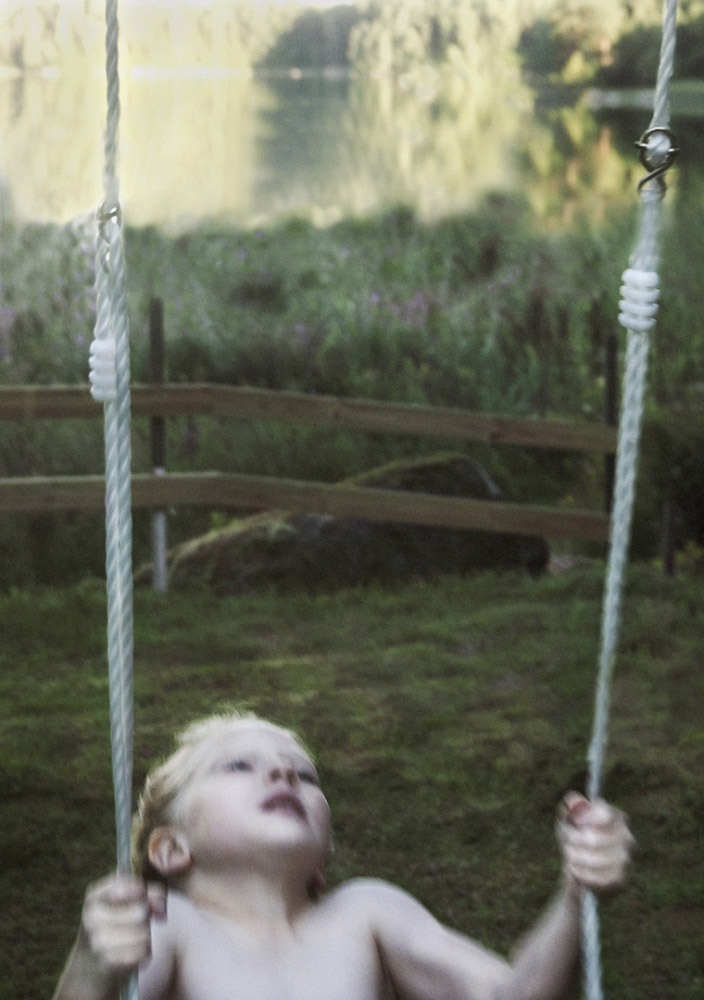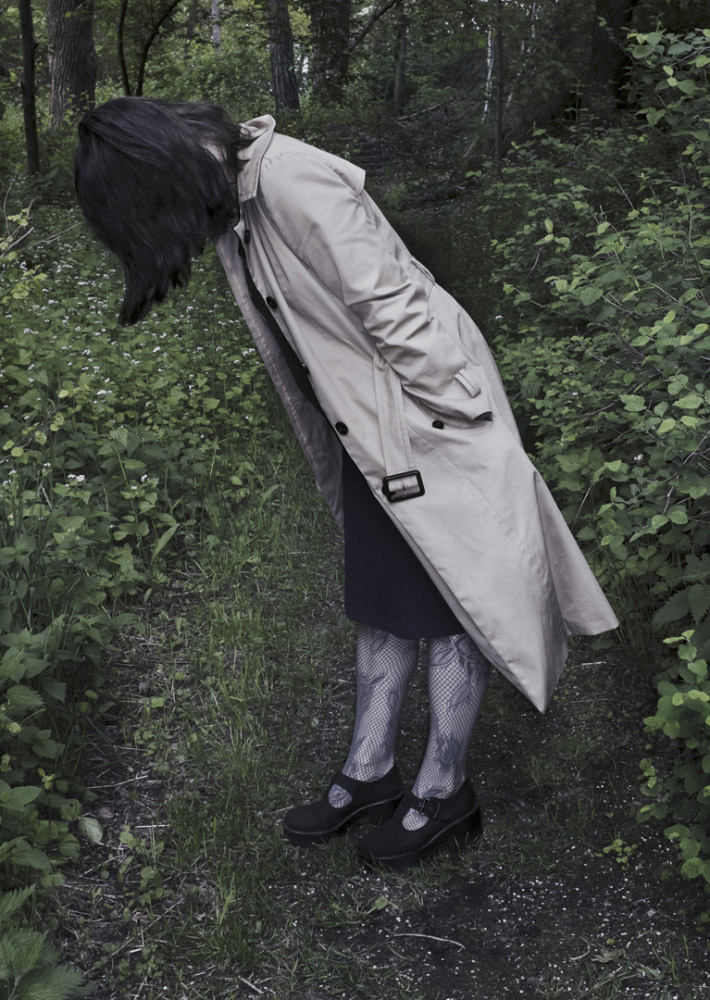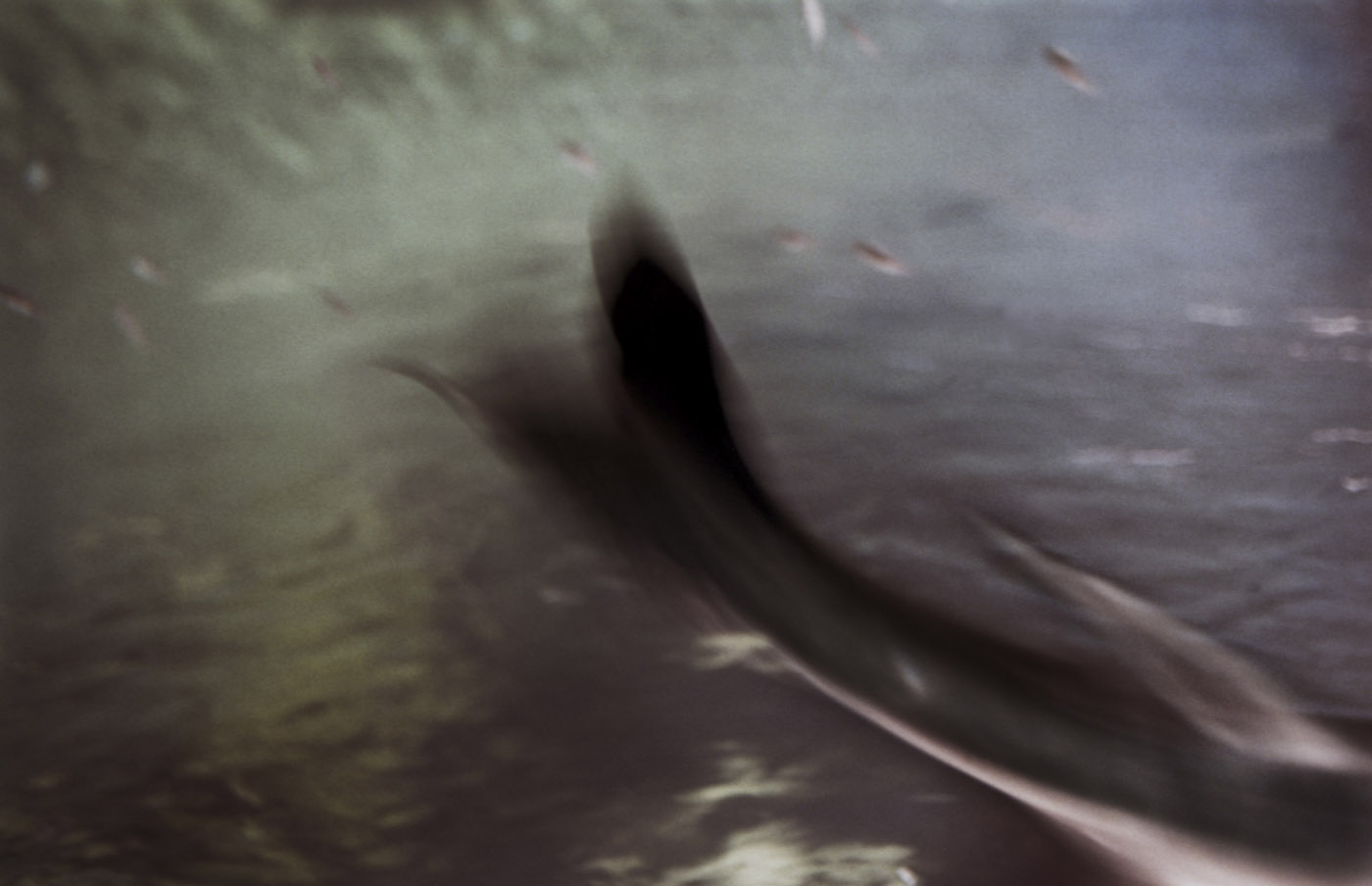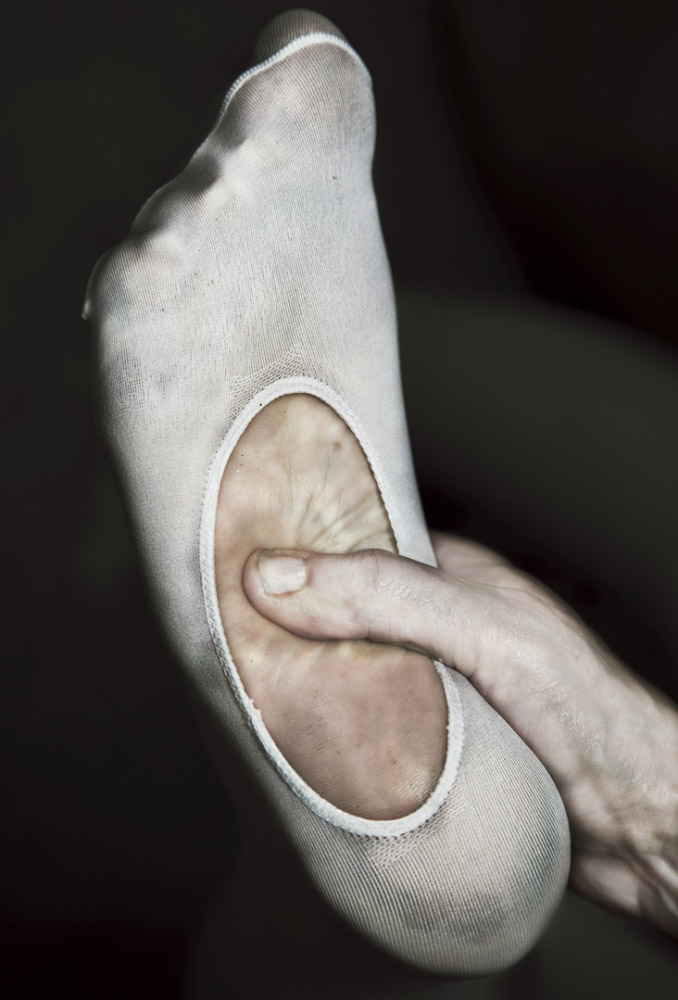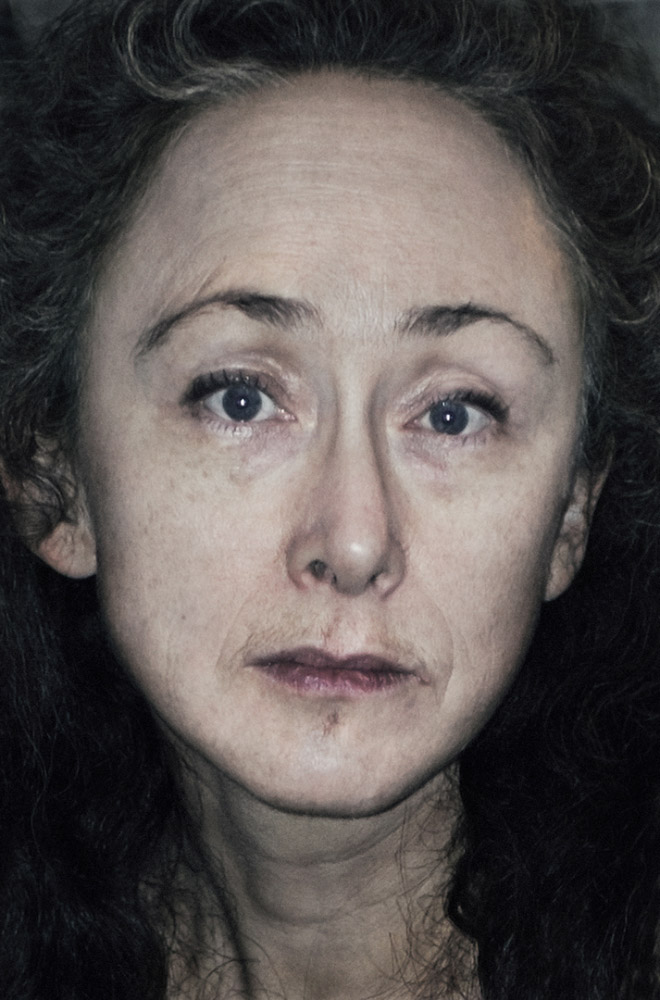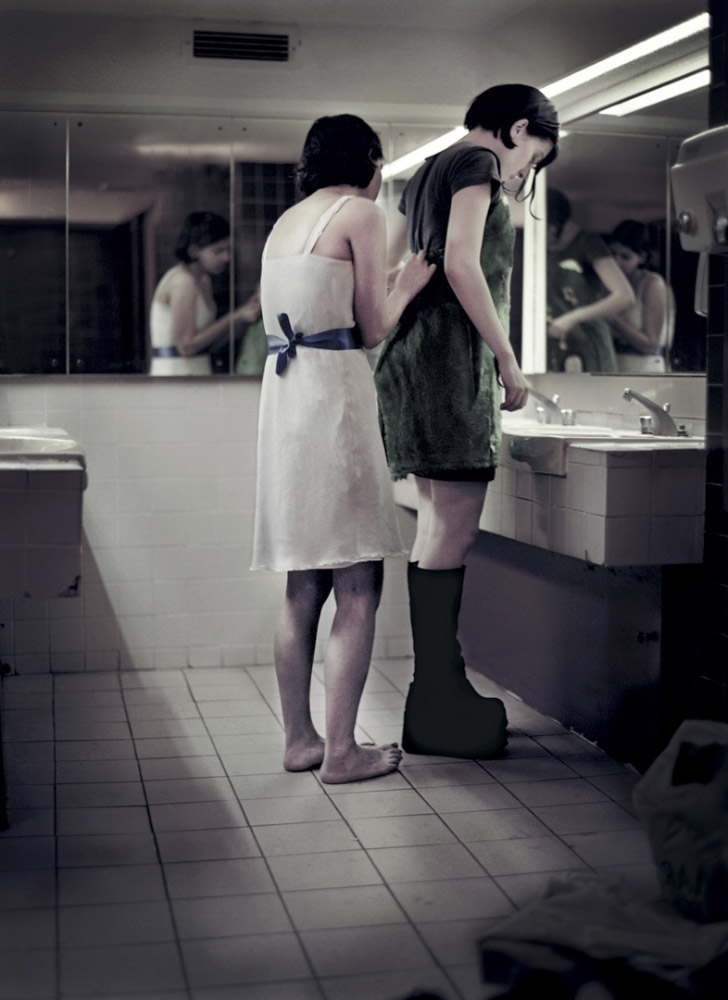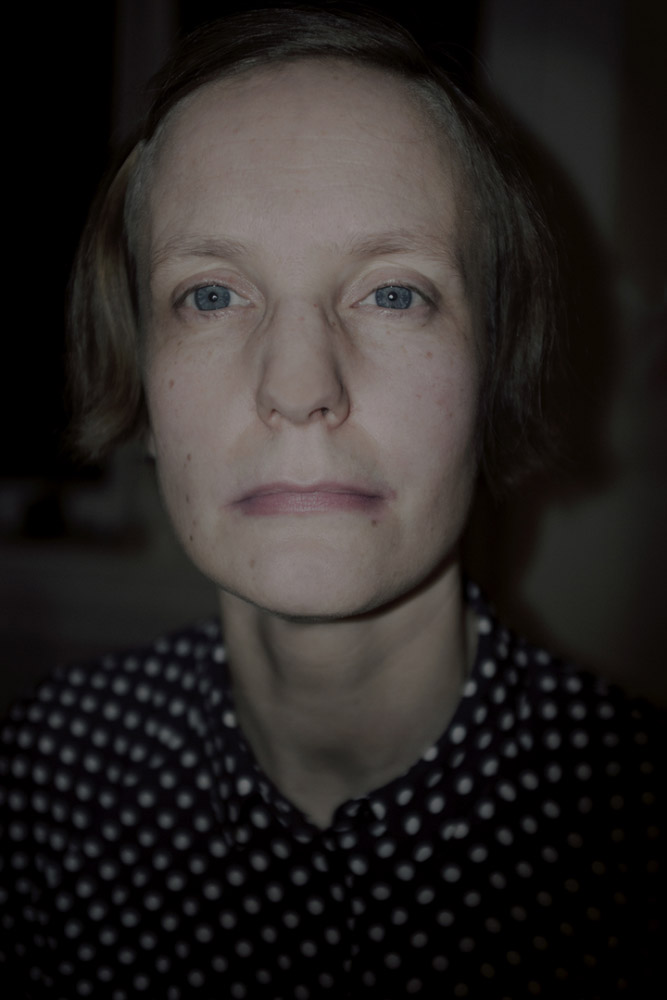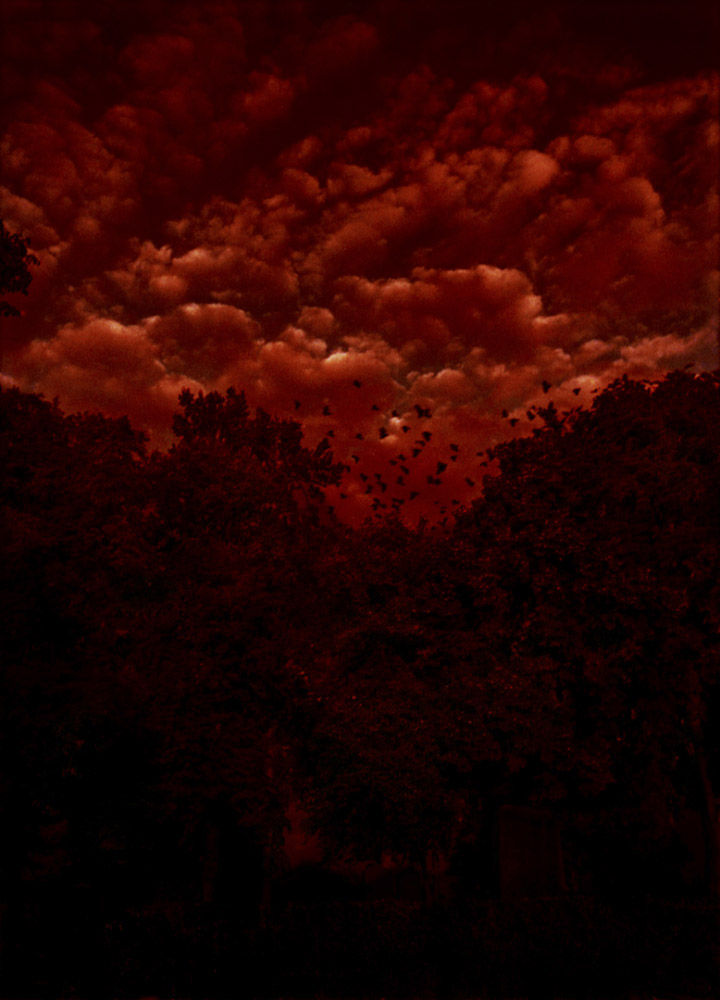In Absence, 2018
The headlights cut through the darkness, we are on our way. Away from the everyday, away from the daily grind, perhaps away from ourselves, for a while. To what? Or whom Perhaps we don’t know. Towards something else; that’s what matters. How to live your life, and for whom?
It’s a universal question, but as the years pile up I often think that it’s extra complicated for women. Historically, we live in emancipated times: in Sweden, women are free to do whatever they want with their lives. Having said that, being a woman means constantly navigating the intricate system of norms and expectations that permeates the time in which we live. Breaking the norms has become the norm, but you have to keep an ear to the ground to know which norms we are talking about.
Sexual liberty has been sanctioned by our contemporary age, but certain types of sexuality are regarded as more liberated than others. Hypocrisy and prudery are still present in the public discussion, even though Sweden is one the most secular countries in the world. Can you live only for your own sake? Only for someone else’s sake? What are you allowed to desire? By whom are you allowed to want to be desired? What does it mean to be a good mother? What kind of life is considered compatible with motherhood?
Happiness, as it is presented in lifestyle magazines, weekend supplements and on Facebook, almost always looks identical. In this liberated age there are no musts. Still, many people choose exactly the same things. It is easy to believe that some free choices are freer than others.
The title of Monika Macdonald’s exhibition, In Absence, can be read in different ways. It may be about a non-negative absence, where that which is absent is not necessarily something one misses. It may even harbour something good: People can grow stronger and clearer in the absence of something, as when you chop down an old spruce and the vegetation around it receives more light and nutrition and a new chance to bloom. And it may be about a very real sense of loss. About grief and longing.
I imagine that the women in Monika Macdonald’s photographs are located in a borderland between freedom and loneliness, a place you easily end up in when you begin to explore life’s endless possibilities. Several of the women are mothers, and I don’t think they would be happy to be labelled only as such. They would not consider “mother” to be a complete identity.
And that’s how I look at the dark, moving, dirty, beautiful, uningratiating collection of images that is this exhibition: As an exploration of ways of becoming a whole human being, a complex human being, and, not least, allowing yourself to be just that. A striving for an existence that comprises both light and darkness, another layer, beyond the everyday. An existence where something is risked. A place for events that are not displayed on social media to be subjected to the likes of one’s friends.
I pause in front of the photo of a woman who is parting her hair and exposing her neck. Her face is not visible. Exposed to the viewer, she projects an impression of pride and vulnerability at the same time. A head held high, revealing the weak spot: the neck is where wolves and vampires attack, where the blade of the guillotine falls. The image contains an insight: in order to abandon yourself to something, anything, your have to make yourself vulnerable.
Dare to step into the unknown even though you’re afraid.
Take a ride in the car even though you’re not sure where it’s going.
Therese Bohman, Swedish author and art critic.



